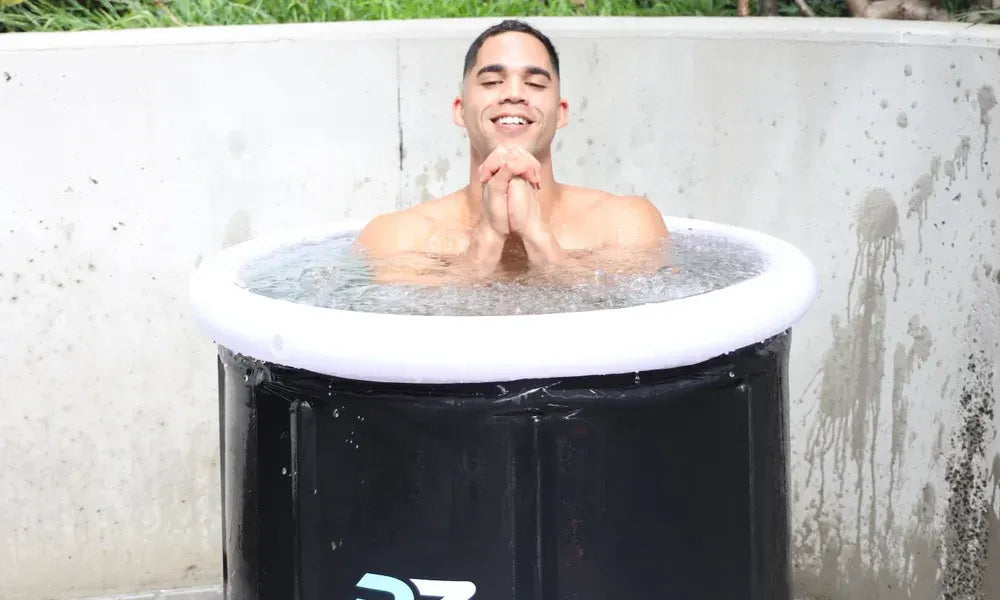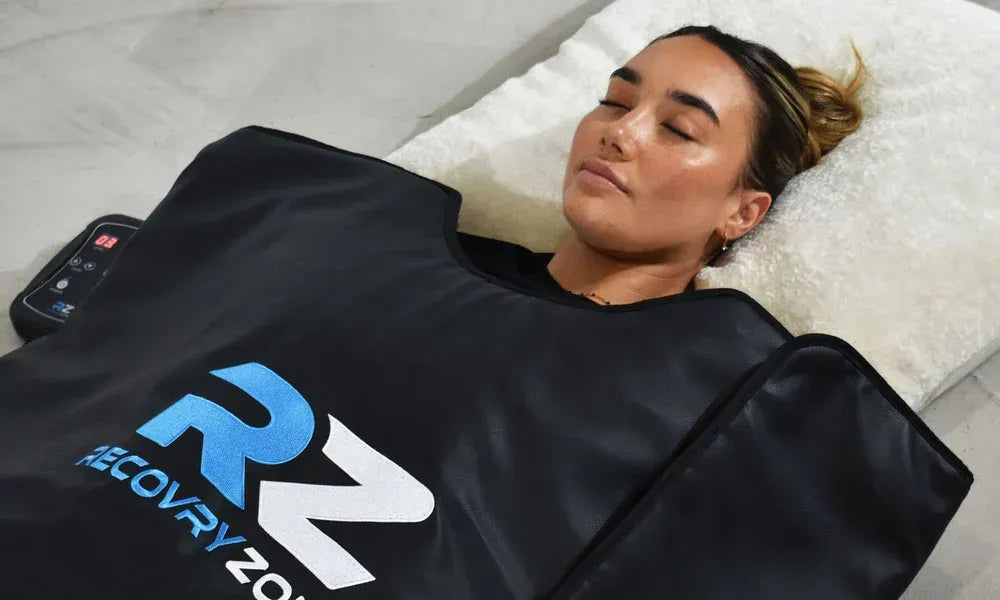Let’s be honest—plunging yourself into an ice-cold bath doesn’t exactly scream “fun.” But if you’ve ever woken up after a tough workout feeling like you’ve aged 20 years overnight, you’ll know the soreness struggle is real. That’s where the magic of an ice bath comes in. At Recovry Zone, we’re all about helping you feel better, faster—without the fluff.
So, does an ice bath really reduce inflammation and soreness? Let’s dive in (pun fully intended).
Does an Ice Bath Remove Inflammation?
Short answer? Yes, it can. When you immerse your body in cold water, the low temperature constricts your blood vessels. This process, known as vasoconstriction, helps reduce blood flow to inflamed muscles and joints. When you get out of the cold, the vessels dilate again—flushing away metabolic waste and ushering in fresh, oxygenated blood to speed up healing.
Think of it like turning down the heat on a boiling pot—things settle down fast. This is why athletes, weekend warriors, and fitness newbies alike swear by ice baths after intense physical activity. They help your body cool off—literally and figuratively.
Will an Ice Bath Get Rid of Soreness?
Ice baths won’t erase soreness like a magic wand, but they do significantly reduce delayed onset muscle soreness (DOMS). That’s the achy feeling that kicks in 24 to 72 hours after you push your limits.
By lowering tissue temperature and slowing nerve signalling, cold water can decrease the sensation of pain and limit the tiny tears that cause soreness in the first place. It’s like giving your muscles a well-deserved “chill out” session.
Plus, there’s something oddly empowering about embracing the cold. The mental boost that comes with mastering discomfort? That’s just a bonus.
What Does a 2 Minute Ice Bath Do?
Don’t worry—you don’t have to sit in freezing water forever to get the benefits. A 2-minute ice bath might sound short, but it’s enough to trigger a response in your body.
In just a couple of minutes, your heart rate begins to drop, your breathing slows, and your body goes into a mild state of hormetic stress (that’s science-speak for a good kind of stress). You’re basically telling your nervous system: “I’ve got this.”
A quick plunge can help improve circulation, sharpen mental focus, and kickstart recovery—without leaving you feeling like a frozen popsicle.
That said, if you’re new to cold therapy, starting with 2 minutes is a smart move. You can always work your way up as your body adapts.
How Long to Soak in Cold Water for Inflammation?
The sweet spot for most people? Between 5 to 10 minutes. This gives your body enough time to dial down inflammation and kick-start the healing process—without overdoing it.
But remember, cold therapy is personal. Some people feel great after just 3 minutes; others love the full 10. The key is to listen to your body. If you start shivering uncontrollably or feel numb, it’s time to get out and warm up.
For best results, aim for a water temperature around 10 to 15°C. It should feel uncomfortable—but not unbearable. And yes, you’re allowed to yell a little when you get in. We’ve all been there.
A Chill Way to Recover, the Recovry Zone Way
At Recovry Zone, we believe recovery should be simple, effective, and yes—even a little fun. Our at-home steam sauna systems help you revitalise and unwind, and our approach to cold therapy is no different.
Whether you're a professional athlete, a gym enthusiast, or someone who just did leg day for the first time in a while, an ice bath is your trusty sidekick in the fight against inflammation and soreness.
And the best part? It’s accessible. You don’t need a fancy cryo chamber or a mountain stream—just cold water, some ice, and a bit of courage.
Final Thoughts
So, the next time you feel sore, stiff, or swollen—don’t just tough it out. Embrace the chill. Ice baths may not feel warm and fuzzy (literally), but they pack a serious punch when it comes to reducing inflammation and accelerating recovery.
Give your muscles the love they deserve—and take back control of your recovery routine.
Ready to take the plunge? Your future self will thank you.


